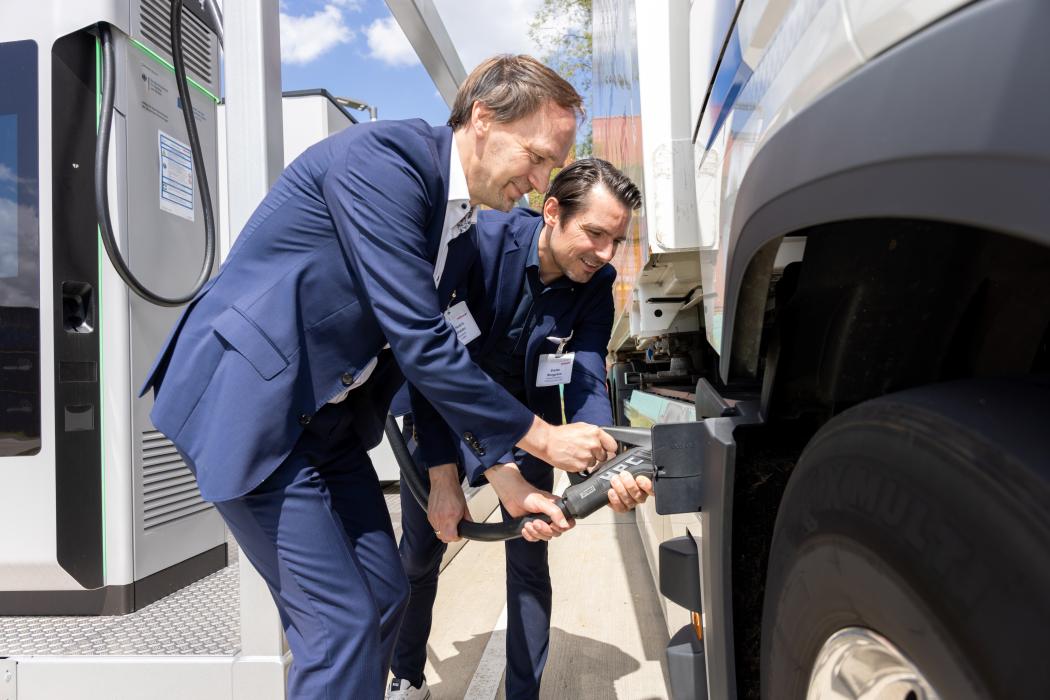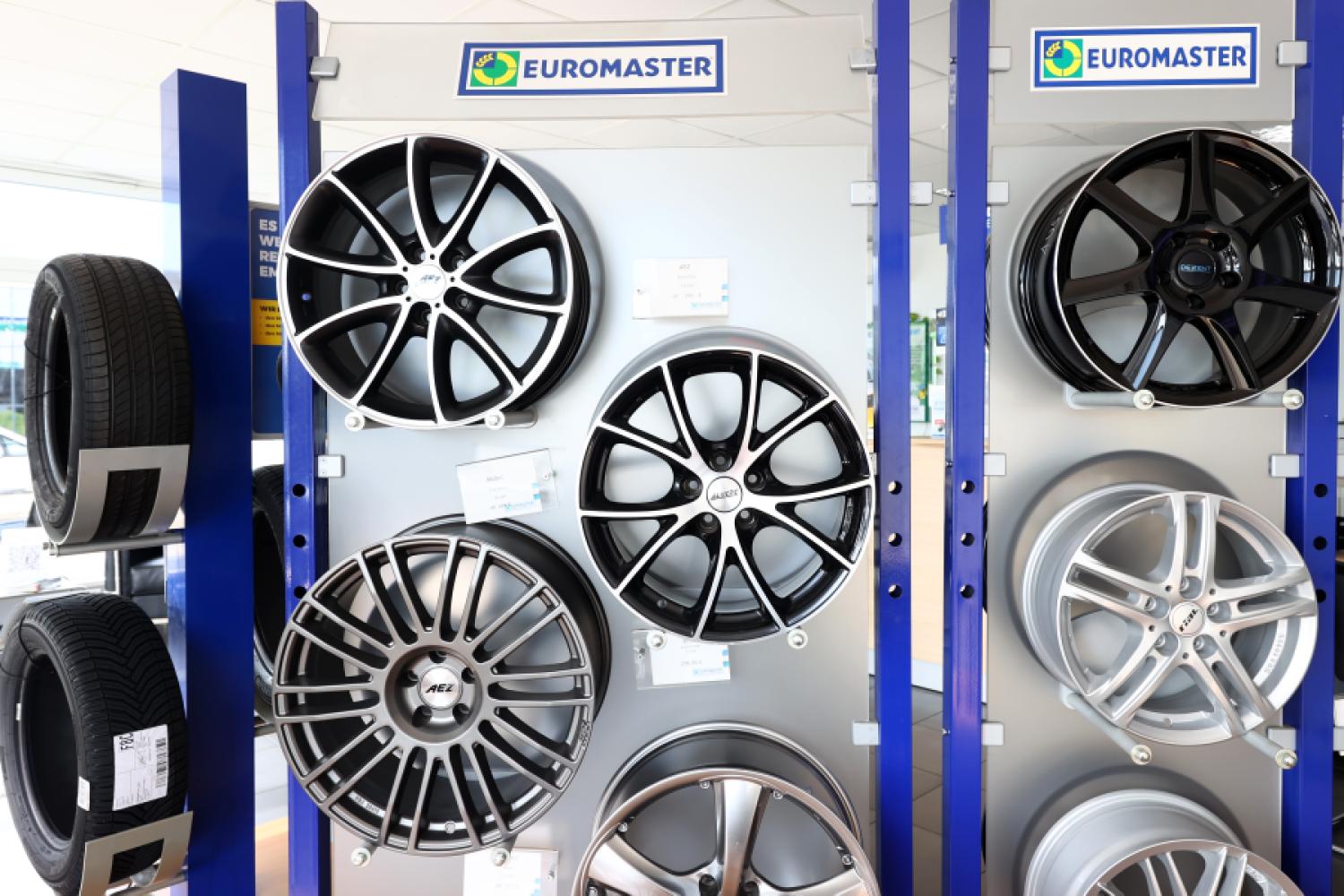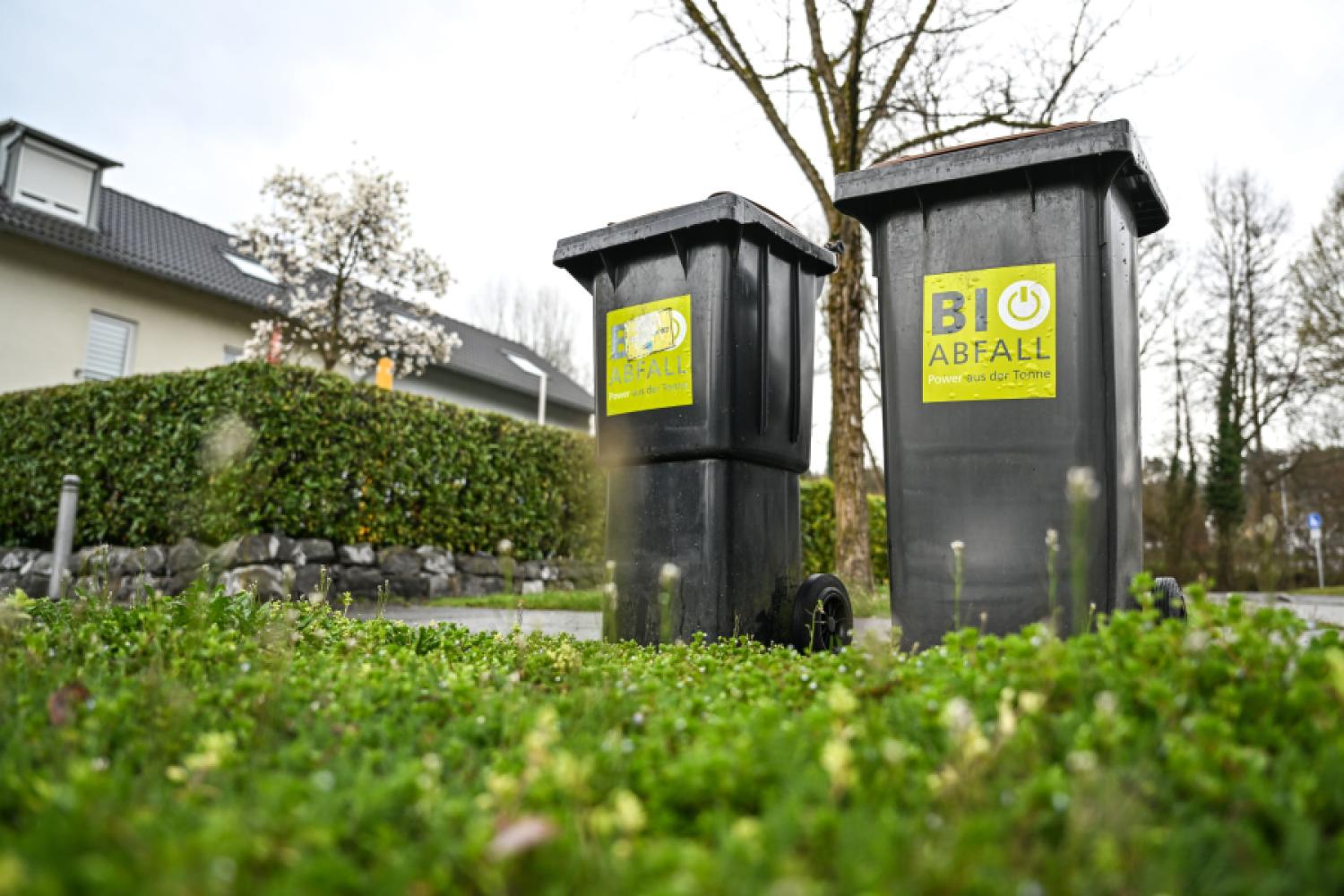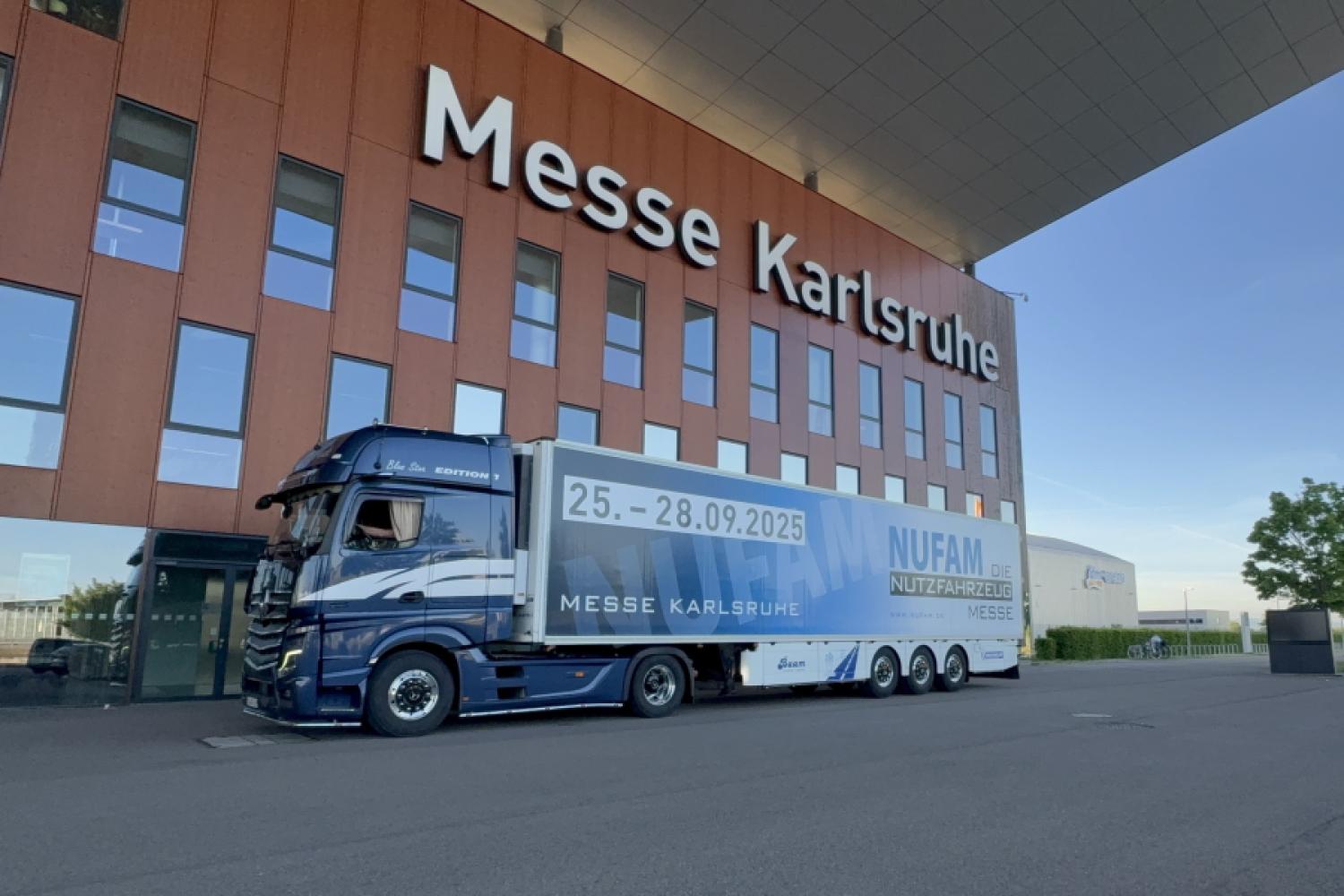In the Bremen Freight Center, Hellmann Worldwide Logistics informed representatives from politics and administration about the deployment of its e-truck fleet. The focus of the visit was a practical example of climate-friendly logistics, which includes a combination of solar power production, buffer storage, charging infrastructure, and electric 40-ton trucks.
According to Hellmann, heavy e-trucks have been deployed in regular operations nationwide since 2024. At the Bremen site, two electrically operated vehicles run daily shuttle services between Bremen and Osnabrück. According to the company, they cover between 550 and 700 kilometers in two-shift operations. The required electricity comes from an in-house photovoltaic system. The charging infrastructure is designed for the operation of
heavy trucks with a capacity of 300 kW and is supplemented by a storage unit.
The development of the fleet and the charging points is supported by the Federal Ministry of Digital and Transport with around 1.9 million euros. The basis is the directive for the promotion of commercial vehicles with climate-friendly drives (KsNI). Coordination is handled by Now GmbH, and approval is granted by the Federal Office for Logistics and Mobility (BALM). Additional funds come from the EU program NextgenerationEU, according to Hellmann.
In a transmitted greeting, Patrick Schnieder, Federal Minister for Digital and Transport, praised the logistics provider's commitment: "The electrification of heavy goods vehicles is an important building
block to reduce CO2 emissions in road transport."
Only with a strong interplay of infrastructure, funding, and companies' willingness to innovate can the switch to climate-friendly drives be quickly successful.
According to the announcement, Bremen's Economics Senator Kristina Vogt said:
"The expansion of Hellmann's e-truck fleet and the necessary charging infrastructure demonstrate concretely how electric solutions can be successfully implemented."
Stefan Borggreve, Chief Operating Officer of Hellmann, announced plans to further expand the experiences gained from the operation to eventually run the entire fleet CO2-neutral.
However, despite the progress in the pilot operation, the spread of e-trucks in the region remains low. As already reported, only three heavy battery-electric trucks were
registered in Bremen as of the cutoff date January 1, 2025. In Lower Saxony, there were 27. Thus, the share of electric vehicles in this class in both states is significantly below the national average.
Main obstacles are the lack of public charging infrastructure for heavy commercial vehicles and the high acquisition costs. So far, Bremen has only one public charging option for e-trucks available. Lower Saxony counts five such charging points. The development of additional locations is planned but will take years.
Against this background, the Bremen example at Hellmann stands out as an isolated case—although from the perspective of many companies, it does not replace a comprehensive solution in






